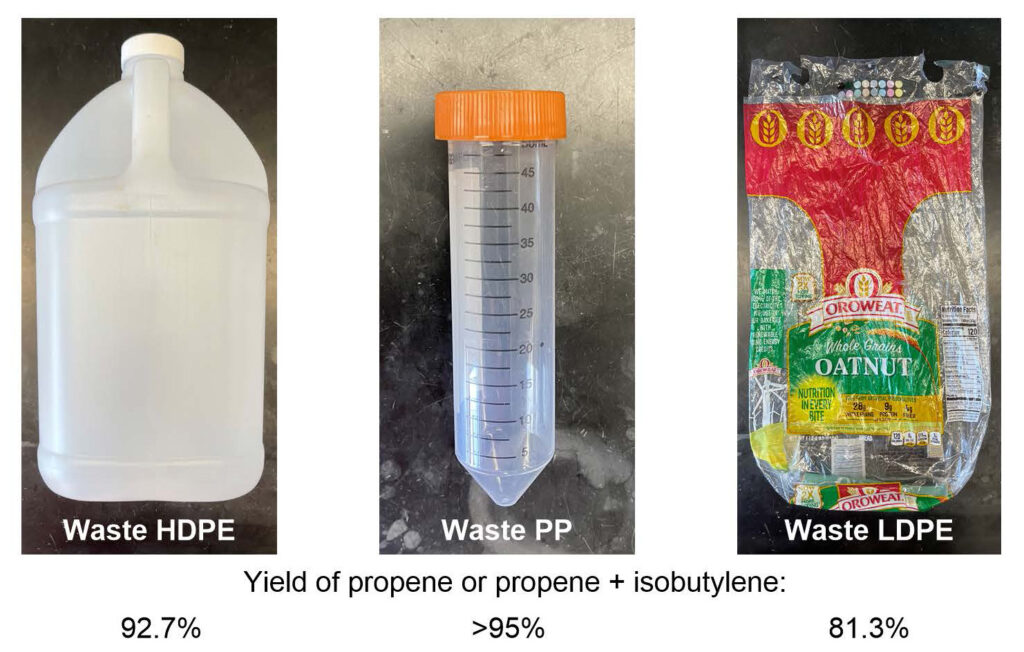2024-08-29 アリゾナ大学

As global demand for electric vehicles increase, as does the need for advanced safety measures in lithium-ion batteries.
<関連情報>
- https://news.arizona.edu/news/preventing-car-battery-fires-help-machine-learning
- https://www.sciencedirect.com/science/article/abs/pii/S0378775324009674
バッテリーの安全性を高める:リチウムイオン電池モジュールの熱暴走予測のためのマルチフィジックスと機械学習の統合 Advancing battery safety: Integrating multiphysics and machine learning for thermal runaway prediction in lithium-ion battery module
Basab Ranjan Das Goswami, Yasaman Abdisobbouhi, Hui Du, Farzad Mashayek, Todd A. Kingston, Vitaliy Yurkiv
Journal of Power Sources Available online: 7 July 2024
DOI:https://doi.org/10.1016/j.jpowsour.2024.235015
Highlights
- A multiphysics model of thermal runaway in a battery module is developed.
- The decomposition of solid electrolyte interface is considered.
- Machine learning was implemented to predict temperature during battery operation.
- A modeling method was implemented to generate realistic data on EV driving behavior.
Abstract
The safety concerns associated with lithium-ion batteries (LIBs) have led to the development of a novel framework combining advanced machine learning (ML) techniques with multiphysics modeling. Herein, we report an ML framework aiming to predict the occurrence of thermal runaway (TR) in the LIB module by employing a multiphysics model that incorporates thermal, electrochemical, and degradation sub-models. The focus of this research lies in understanding the degradation phenomenon associated with the breakdown of the solid electrolyte interface (SEI) on the negative electrode, which can trigger TR. The developed multiphysics model enables the investigation of electrochemical and degradation processes within batteries under various conditions, including constant charge/discharge and driving cycles. To capture the spatio-temporal temperature change, a graph neural network (GNN) for spatial change is coupled with a Long Short-Term Memory (LSTM) network for temporal evolution to form an integrated framework. The results demonstrate the high accuracy of the ML model in predicting battery temperatures in a module based on spatial and temporal temperature data obtained from temperature sensors attached to the batteries, hence, offering a means to detect TR before it occurs by identifying potential thermal hotspots.



